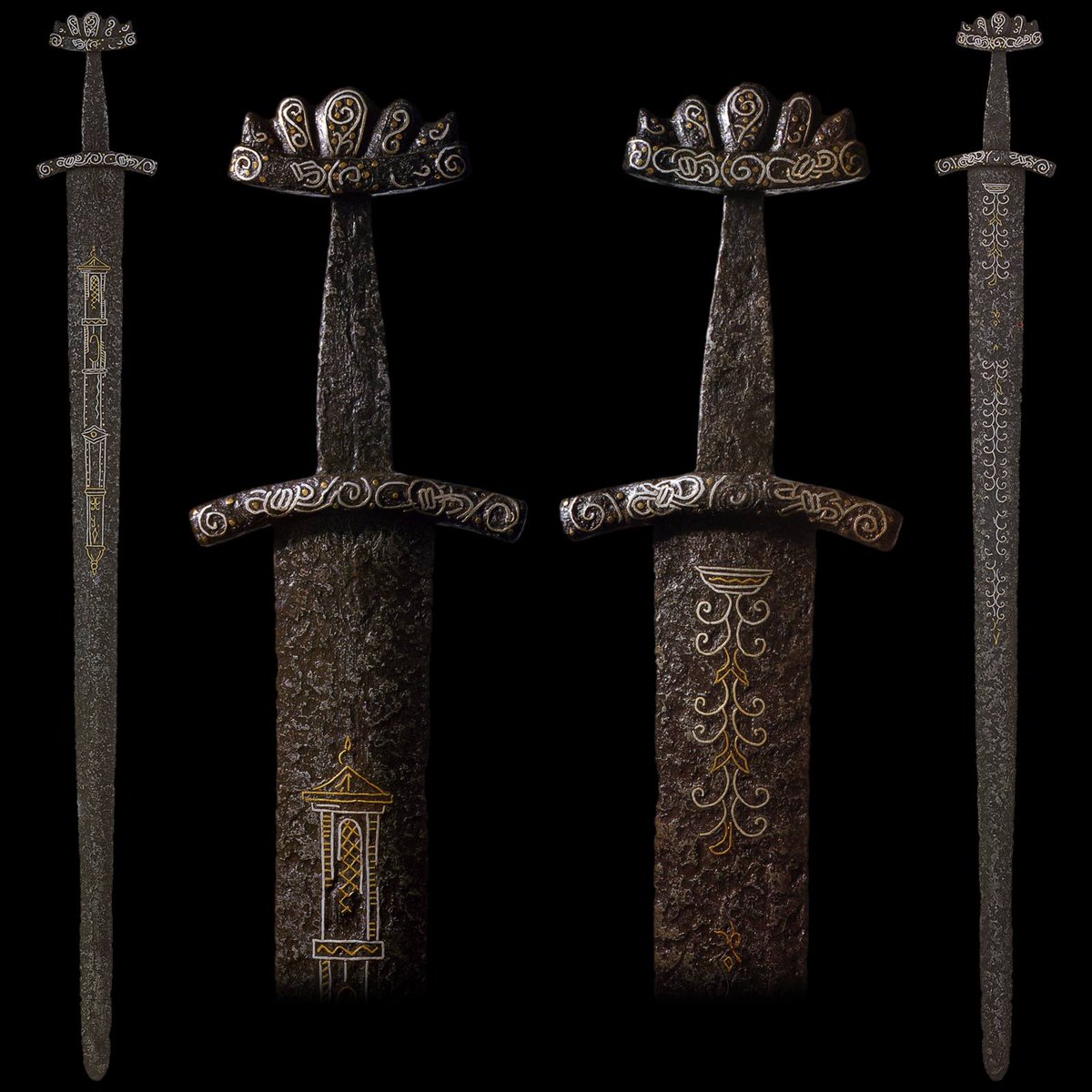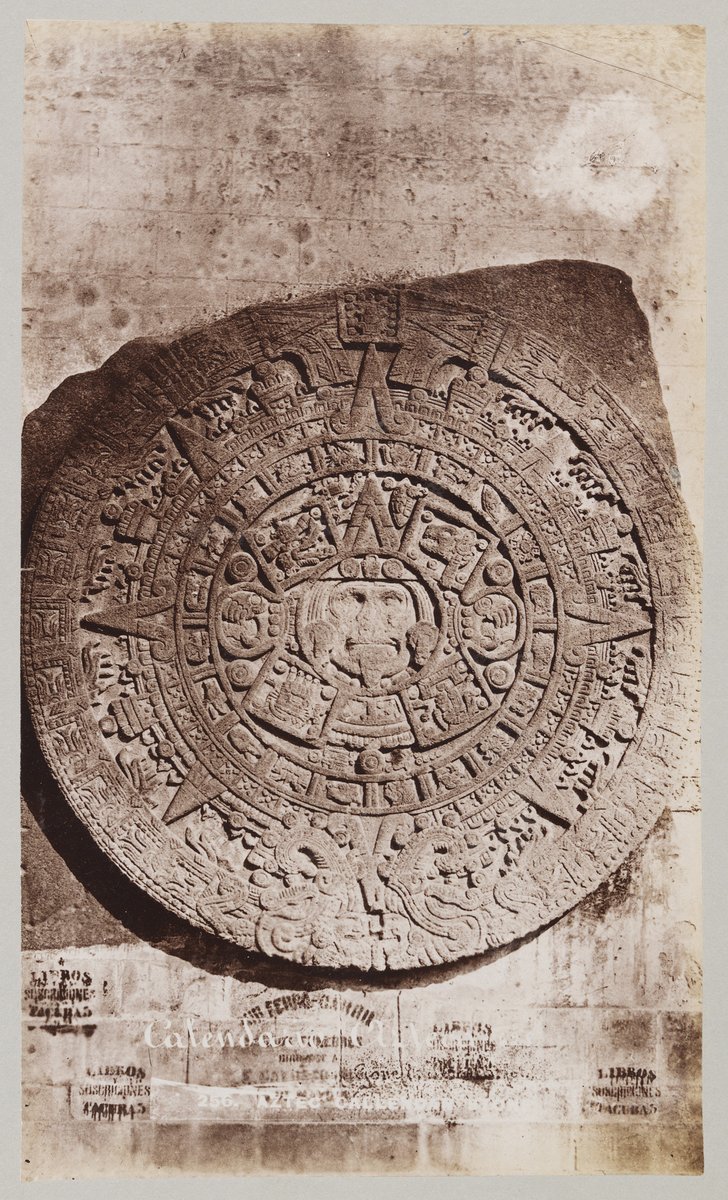1578
The Forum Baths in Pompeii were established in 80 BC and were the only baths still in use after the earthquake of 62 AD. The walls are beautifully decorated with frescoes of garden scenes, and the vault ceilings are embellished with stucco friezes. @pompeii_sites
1580
1581
1583
1585
1586
1587
1588
Fame escorting Pegasus by Eugene Louis Lequesne, 1875. Photographer: Louis-Emile Durandelle, Musee D’Orsay, Paris. @ClassicalMyths
1589
1590
1591
1592
1593
1594
1595
1598
1599
1600
Small sculptures, hedgehog, head of a cat and head of a baboon, from late 18th Dynasty to Late Period. Now in the Egyptian Museum of Berlin. #museumweek
























